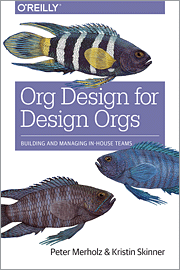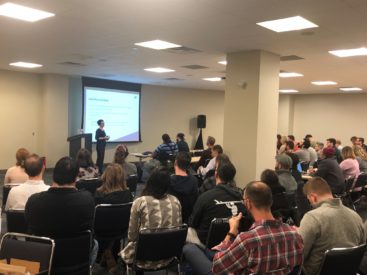Before creating a deliverable, pause and think about two key things:
- Who’s the intended audience?
- What will they be doing with this deliverable?
You may have multiple audiences, and this is an exercise worth going through for each of them.
Your audience might include developers, designers, business stakeholders, project managers, account executives, etc. What they each want to do with your deliverable may be different.
Some examples:
- Developers may want to use it to build something, or estimate a level of effort
- Designers may want to use it for a source of inspiration or as input into design decisions
- Business stakeholders may want to confirm the project will meet their business needs, or use your work to prove to someone else that a project needs funding
“Instead of always creating the exact same deliverables or whatever’s easiest – photos of whiteboards, powerpoint decks, Photoshop mockups – think about the audience for the deliverable and what you’re trying to communicate.”
https://qwww.usersknow.com/blog/2016/7/28/the-right-deliverables
Once you’ve written down your primary and secondary audiences, and determined their goals, it’s time to work on the details of the deliverable itself.
The following is an example of a useful framework for thinking about your deliverables. Taking a step back and thinking, “is this the right place on the [whatever] scale given my audience and their need?” can help you be more thoughtful about producing the right deliverable.
Continue reading →





